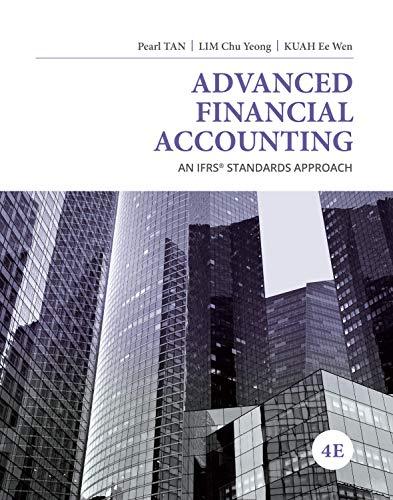Question
Data regarding Bengal Corporation are as follows: (a). Budgeted Sales for the year 2020 are: January : 20,000 units February: 35,000 units March: 35,000 units
Data regarding Bengal Corporation are as follows:
(a). Budgeted Sales for the year 2020 are:
January : 20,000 units
February: 35,000 units
March: 35,000 units
April: 45,000 units
May: 60,000 units
June: 75,000 units
July: 75,000 units
August: 80,000 units
September: 65,000 units
October: 50,000 units
November: 25,000 units
December: 15,000 units
(b). Selling Price per unit is usually 175 Taka. However due to increase in demand, the
price was increased to 190 Taka in the second and third quarter of the year.
(c). 30% of the sales each month are in cash and the rest are on account.
(d). On account collection patterns are as follows: 45% is collected in the following month
of sales and the remaining 55% is collected the second month following the month of sales.
Previous Accounts receivables of 8,877,750 Taka will be collected in the month of July.
(e). The company wants ending inventory to be equal to 25% of the following month's
estimated sales in units.
(f). The company purchases 60% of its inventory in the month prior to the month of sale,
keeping it in the ending inventory, and 40% in the month of sale. Payment for inventory in made in
the month following the purchase.
(g). The company required 3 kilograms of raw materials to manufacture one unit of final
product, at a cost of 3 Taka per kilogram.
(h). In order to make one unit of product, the company requires 0.15 hours of direct labors,
at a cost of 12 Taka per hour.
(i). The company has an incentive policy for the labors that any extra hour the labors work
beyond 8000 hours each month, they will get paid at a rate of 15 Taka for every additional hour
worked.
(j). Manufacturing Overhead is applied to units of products on the basis of direct labor
hours. The company uses variable manufacturing overhead rate of 1.50 Taka for each unit produced.
Fixed manufacturing overhead is of 110,000 Taka which includes 35,000 Taka of factory related
Depreciation Expense.
(k). Variable selling and administrative expenses are 4.20 Taka per unit. Fixed selling and
administrative expenses are of 1000000 Taka which includes 33,000 Taka of Depreciation Expense.
(l). The company paid a cash dividend of 2500000 Taka in July, 2800000 Taka in the month
of August and 5000000 Taka in the month of September.
(m). The company spent the following amounts on purchasing non-current assets in the year
2020:
February 100000 Taka
June 800000 Taka
July 4000000 Taka
September 2100000 Taka
December 500000 Taka
(n). Cash Balance on July 1 2020 is 230,000 Taka . Due to the corona virus crisis, the
company requires a minimum of 4000000 Taka at the beginning of each month, from August
onwards.
(m). Due to the corona virus crisis, in the month of September, the company spent as
additional 10000000 Taka in cash, in order to support its labor financially.
Requirement:
Identity at least two possible ways Bengal Corporation can overcome the issue of cash
deficiency the company might face (in the month of September) while operating the business. You
must explain in detail how your stated solution can help the company overcome its cash deficiency
problem.
Step by Step Solution
There are 3 Steps involved in it
Step: 1

Get Instant Access to Expert-Tailored Solutions
See step-by-step solutions with expert insights and AI powered tools for academic success
Step: 2

Step: 3

Ace Your Homework with AI
Get the answers you need in no time with our AI-driven, step-by-step assistance
Get Started


